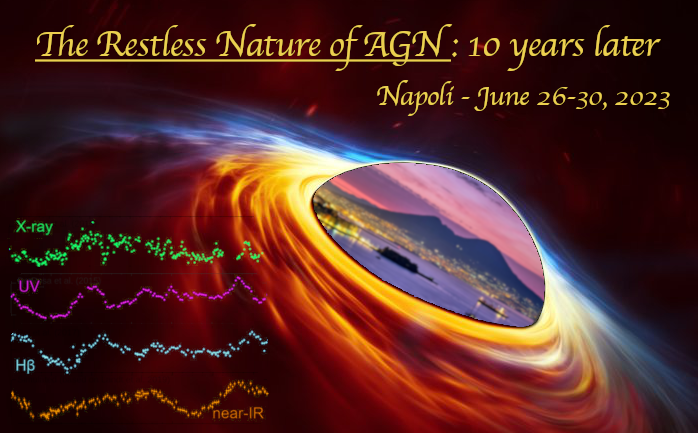Speaker
Description
The reason for the missing red giants near the center of our Galaxy has long been debated. Over the past few decades, many publications and explanatory theories have been proposed for this phenomenon. A new analytical theory was suggested relatively recently, its essence is the idea of long-term ablation of the upper layers of the envelopes of red giants during repeated passages through a relativistic Galactic jet.
We are currently engaged in detailed numerical modeling of this phenomenon. Using our advanced multidimensional hydrodynamical code, we calculate the ablation rate of these surface layers of a red giant star as it passes through a differently parameterized jet at different distances from the Galactic center. The initial state of the star, i.e. its density, pressure, and temperature profiles, is determined using the MESA evolution code. Subsequently, we also calculate the hydrodynamic behavior of stars after leaving such a jet since due to the exposure of the deeper subsurface layers of the star, its luminosity and spectral characteristics may change temporarily or even permanently. These changes, especially if we take into account a larger number of stars from the dense Nuclear Stellar Cluster undergoing a similar evolution, may contribute to visible changes in the observable characteristics within this region. We discuss applications to galactic nuclei in general, in particular AGN, since multiple and repeating stellar interactions with the jet also have an impact on its variability and density structure.

